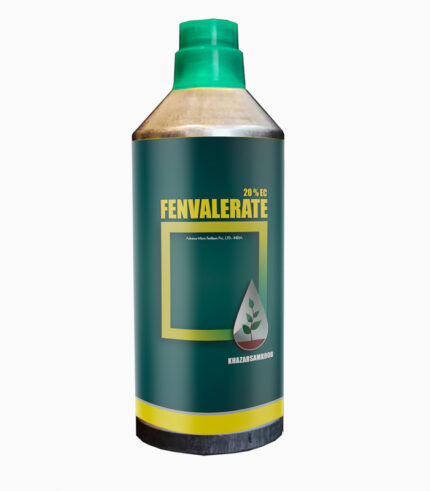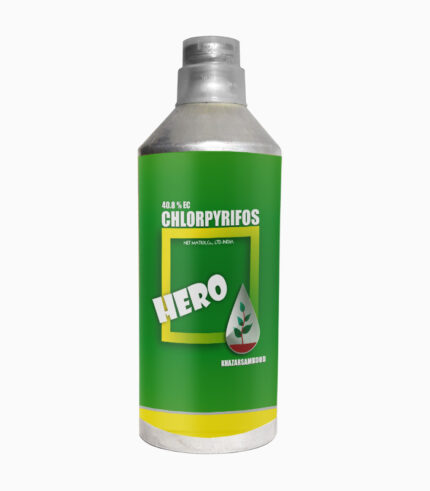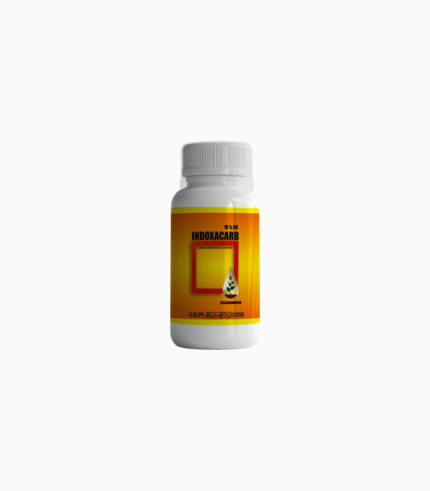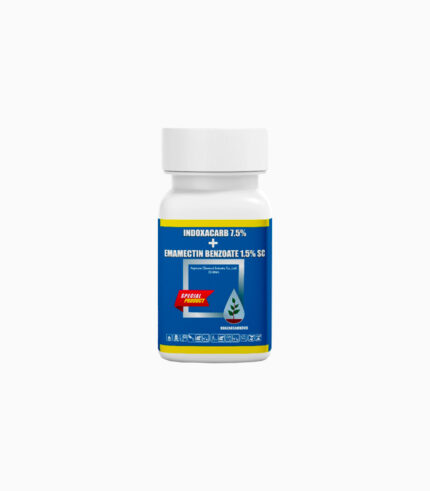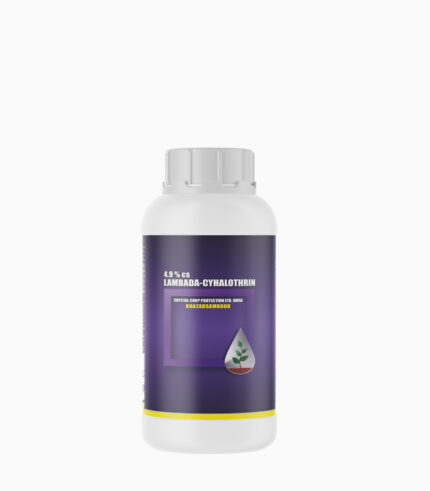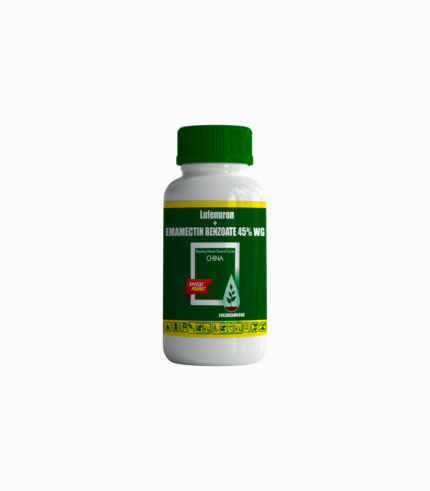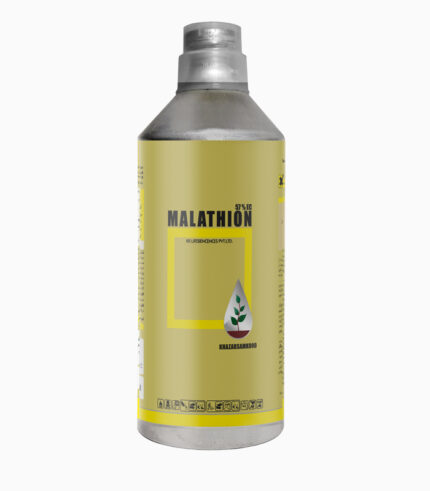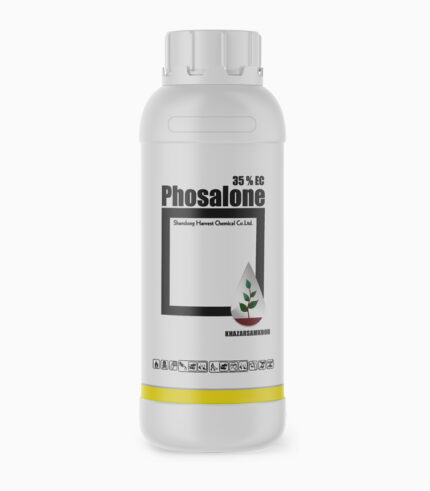Fenvalerate 20% EC
It is a non-systemic insecticide with contact, ingestion mode of action. It belongs to the pyrethroids which disrupt sodium channels in the axon membrane and has a knock-down property that causes the insect to become paralyzed and fall quickly. Fenvalerit has a quick effect on a wide range of pests of different agricultural products.
Imidacloprid 35% SC
It is a systemic insecticide with contact, ingestion mode of action. It belongs to the neonicitinoid, which affects nicotinic acetylcholine receptors in the central nervous system of insects. Imidacloprid is systemically absorbed from the root and released as an acropetal mechanism in the plant. The systemic effects of Imidacloprid do not diminish its effect because of rainfall and rinsing on the plant surface.
Indoxacarb 15% SC
It is a non-systemic insecticide with contact, ingestion mode of action. It belongs to oxadiazine. By blocking sodium channels in axons of nerve cells, Indoxacarb causes paralysis and stops feeding. 2 to 4 hours after foliar application, feeding disorder of the larvae, and their paralysis occurs, ultimately causing the death of the target larvae.
INDOXACARB +EMAMECTIN BENZOATE 9% SC
lambada-cyhalothrin 4.9% CS
It is a non-systemic insecticide with contact, ingestion, repelling and long-lasting. mode of action. It belongs to the pyrethroids, which disrupt sodium channels in the axon membrane and has a knock-down property that causes paralysis and death of the insect. lambada-cyhalothrin has a quick action on pests.


